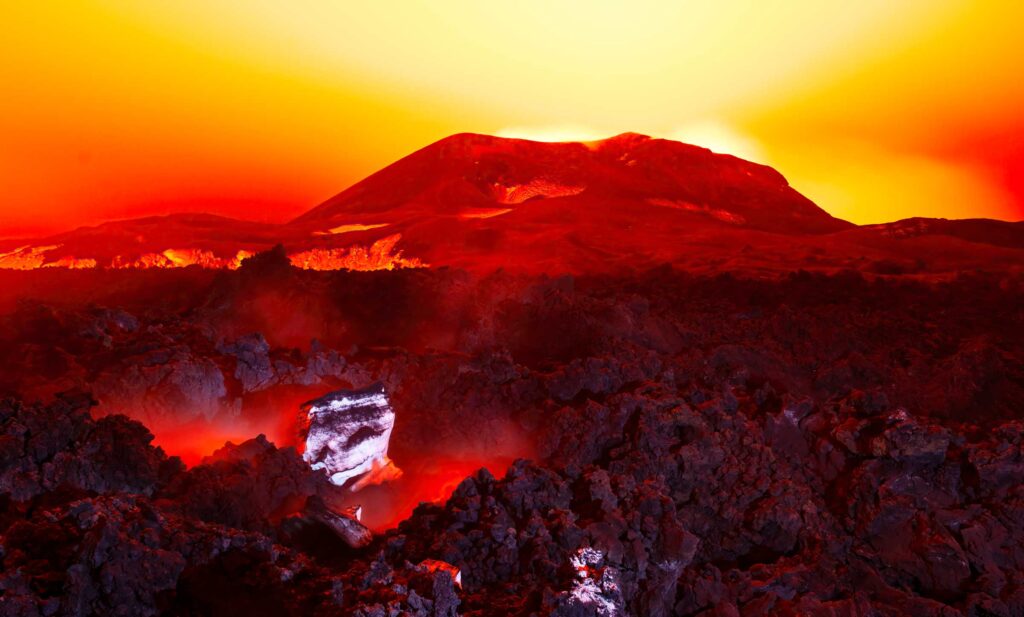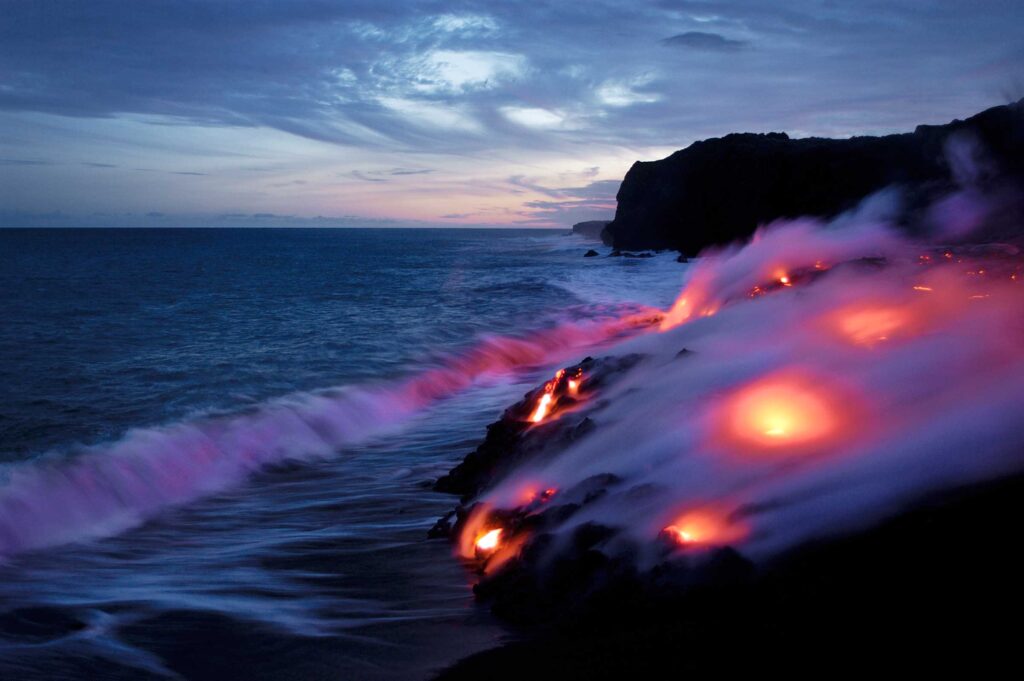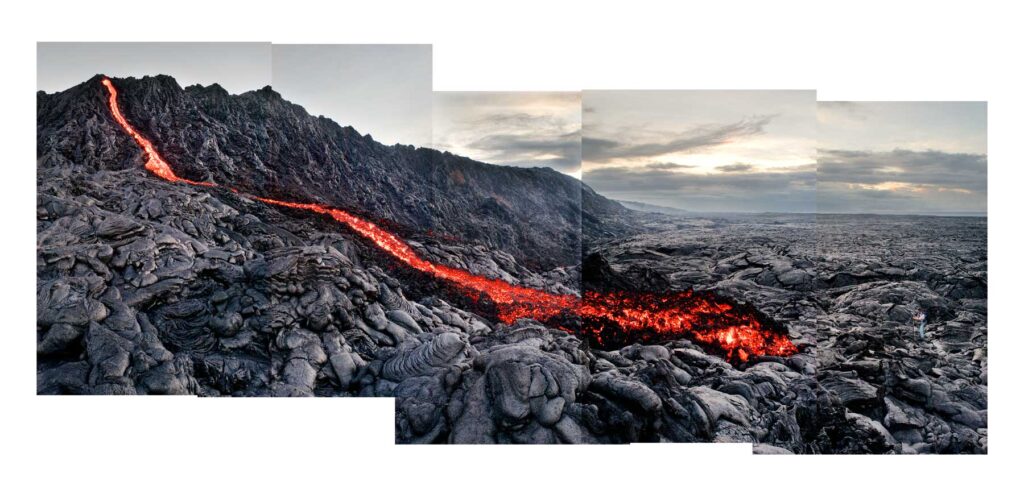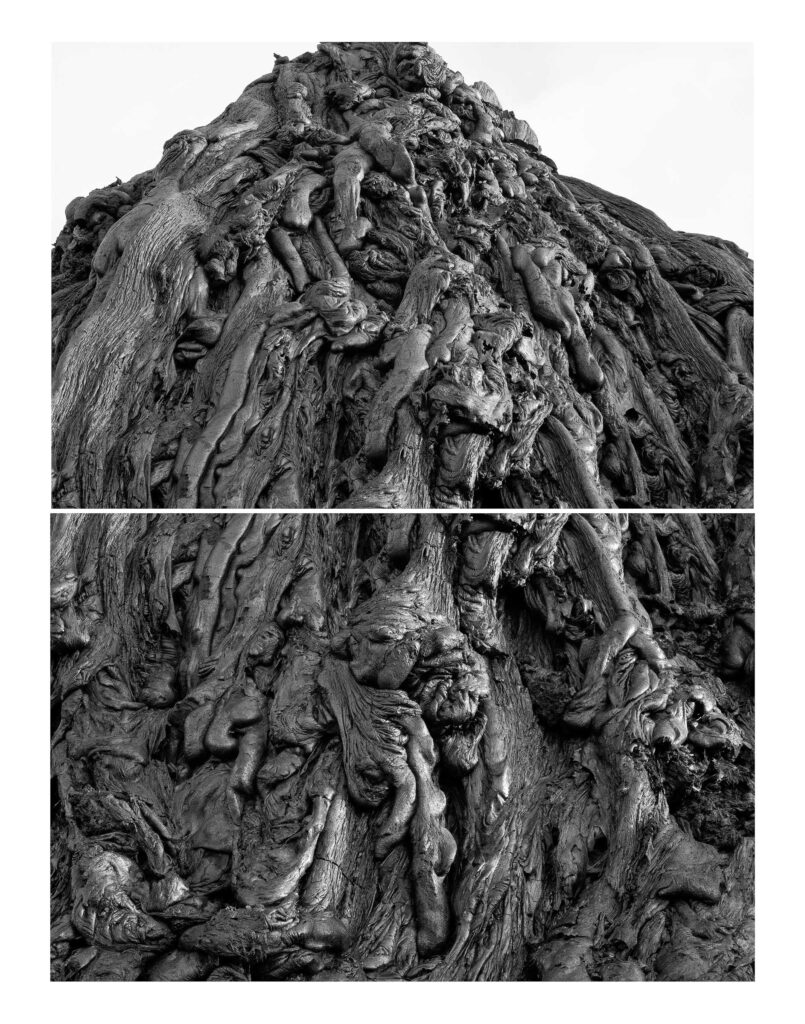“Plate tectonics” is the term earth scientists have long used to describe the geologic forces that move the planetary crust, alter the positions of continents and oceans, thrust up mountains, and build volcanoes.
By 2014, Balog began thinking of all the most potent forces of the natural environment—atmospheric, aqueous, biologic, along with geologic—as “natural tectonics.” In 2016, he coined the term “human tectonics” to encapsulate all of humanity’s impacts on the Earth.
The portfolio presented here touches on the tectonic forces of the Earth itself.
James completed a master’s degree in geomorphology—the science of how nature shapes the landscape through glacial erosion, floods, avalanches, and landslides—at the University of Colorado’s Institute of Arctic and Alpine Research. Subsequently, when he became an eyes-wide-open environmental photographer, natural tectonics and their consequences became an integral part of his work.























